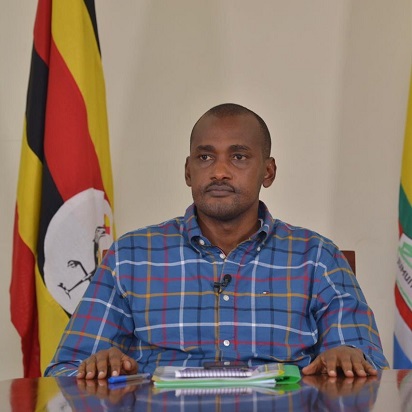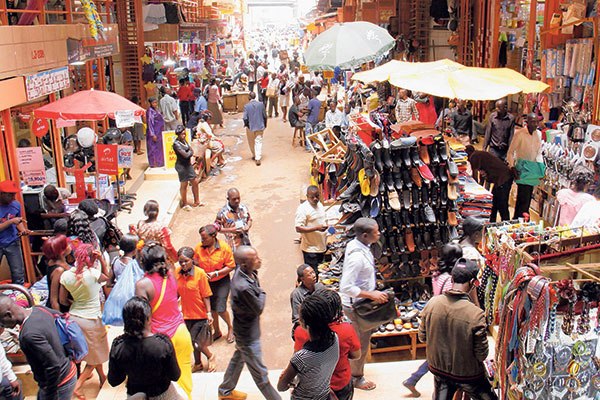Agriculture Minister, Frank Tumwebaze
The Minister of Agriculture, Animal Industry and Fisheries Wednesday tabled strategies aimed at achieving Agro Industrialization in four years.
While appearing before Parliamentary Committee on Agriculture, Animal Industry and Fisheries, MAAIF Minister Frank Tumwebaze said Agricultural Value Chain Development Strategy (AVCDS) 2021-2026 is one of the policy tools approved by Cabinet last November and adopted to use in the implementation of the NDP (National Development Plan) III, the NRM (National Resistance Movement) Manifesto targets on Agriculture and the PDM (Parish Development Model) Pillar 1 (Production, Storage, Processing and Market).
According to Tumwebaze, the tool was designed well aware of the successes and shortcomings of the previous interventions. The tool, Tumwebaze says, emphasizes on What, the How and the Who.
Tumwebaze notes that the vehicle for delivering the Strategy is the Agricultural Value Chain Triad.
“The market and the market requirements are the determinant factors for all activities of the value chain, determining the volumes and the quality of the produce,” Tumwebaze says.
During the interface with the Committee, Tumwebaze also presented the guiding principles for Agro Industrialization Programme Priorities for the Financial Year 2022/2023.
They include Enterprise selection (production and productivity), Research, breeding and appropriate technology development, development and issuance of policy and regulatory guidelines, extension services through districts and sub counties, disease, pests and vector control, mechanisation, soil management and conservation, disaster interventions and support to precision agriculture interventions among others.
Key, however, according to Tumwebaze is the interventions with new and high value perennial commodities for export promotion. The sector will also prioritise harvesting, post-harvesting handling and primary processing, secondary processing and value addition.
According to Tumwebaze, every activity prioritised will be contributing to alleviation constraints for the farmer at each value chain component stages.
“It is bad planning to only invest in production and productivity without providing for market access enablers (harvesting, post harvesting, storage, processing and value addition,” Tumwebaze said.
While all these must be achieved, Tumwebaze revealed that the ministry has a funding gap of Shs 280 billion.
Whereas Tumwebaze says that the PDM directly disbursed money to the districts through the Ministry of Local Government which enables farmers at parish level to access money directly and procure inputs of their choice under the MAAIF Zoning Strategy and Enterprise section guidelines, MAAIF still has the responsibility for policy and regulatory support, extension, farmer education and implementing interventions at the other stages of the value chain.
If systematically funded and implemented without any policy deviation or reversal, Tumwebaze says the agro industrialization targets will be met.
Specifically, MAAIF hopes within the next four years to increase the arable land under agricultural cultivation from the current 35% to at least 50%, increase the rate of annual growth of agriculture from 3.5% to the sub Saharan average of 6.0%, increase the volume of agricultural exports in the current big international markets where Uganda enjoys free access without any quarters and tariffs and reduce the current number of farmers in subsistence agriculture by at least 50%.
Tumwebaze, however, prayed and requested for the support of the Committee in securing adequate resources for the above priorities.
Without the activities along the value chain getting adequate financing in the next budget, Tumwebaze notes that the NDP III target of creating and sustaining an agricultural eco-system characterised by agro based industries will not be met. The same, he added, is true for the interventions under the PDM framework.
According to Tumwebaze, boosted production at parish level requires an equal and corresponding boost at the other stages of the value chain for sustainability and predictability of agriculture.





